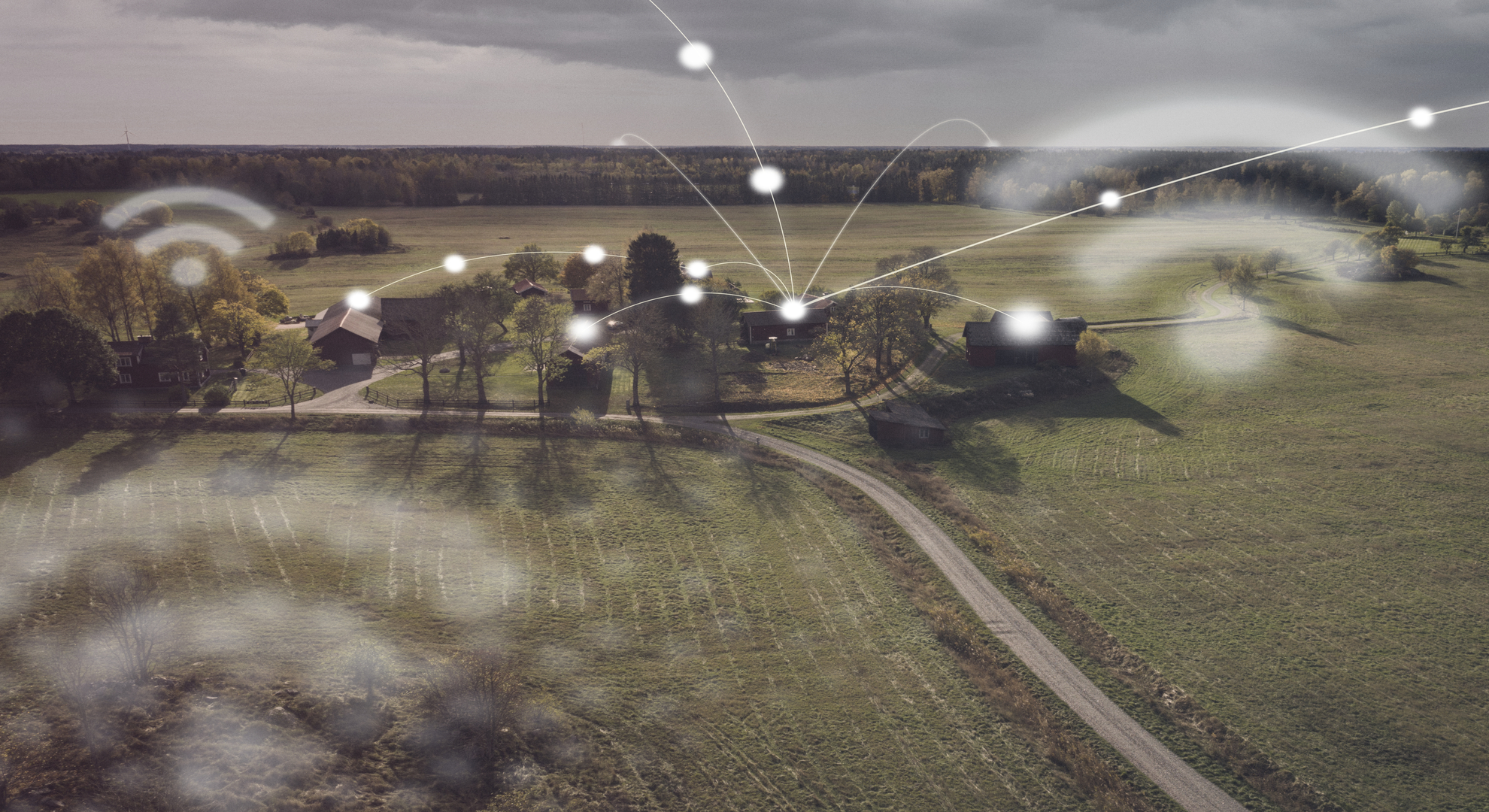
04 Nov 5G in rural areas thanks to Next Generation EU funding
Promoting economic and productive activity in rural areas is key to Spain’s development in the medium term. This is reflected in the first of ten strategic areas of focus in Spain’s 2025 Digital Plan put in place by the government. Appropriate connectivity infrastructure in rural areas looks set to be an absolutely essential condition of this strategic plan, along with a range of others.
And Next Generation EU funding could be a catalyst for some significant transformations. That’s one of the conclusions that came out of the first Almería Innovation Forum, organised by La Unión, with sponsorship from the Almería Regional Council and in collaboration with the University of Almería and Chamber of Commerce. As well as rural connectivity, various national and international specialists spoke about sustainability, food waste, artificial intelligence, robotisation and the rollout of artificial intelligence.
‘Premier league’ connectivity as a driver of generational change
For economic activity to be truly sustainable, the rural world needs to be able to achieve that generational leap required in all productive sectors. Ensuring that every part of Spain has 5G connectivity – alongside fibre optic and satellite – must be a priority for both the public and private sectors. In that sense, expectations are high: Antonio Abad, CTO of Hispasat, highlighted the fact that cost reductions are just one aspect that could pave the way ahead. In his opinion, “with satellites, you can enjoy 100-megabyte connectivity for just 65 euros per month, especially in places where there’s no significant presence of fibre optic”.
Another speaker, Nani Fernández, Director of Institutional Relations at Orange, focussed instead on the need for private investment, citing the rates her company brings to the table as an example, feeding back into connectivity, which is “around 20% of our annual income”, as she explained to attendees. Digital agriculture, together with a solid 5G connectivity ecosystem that’s economically viable and affordable for all users, could make a real difference in a future over which the threats of overpopulation and food scarcity loom large, as was pointed out by Ramón González, who is behind the startup Robonity, who also spoke at the forum.
IoT, also vital in the world of agriculture
Connectivity is the main backbone of the Spanish countryside’s leap towards innovation, modernisation and development. But, clearly, it’s not the only factor. Nani Fernández also explained that “it’s clear that the arrival of connectivity to every corner of the country is crucial and, to achieve that, European funding is required. But we also need to ensure companies in general, and the rural sector in particular, start to demand these services. In this way, we could see the rollout of IoT services developing day by day, which means reducing costs, improving productivity and improving both product quality and conservation via connected remote teams”.
The most highly-sought-after developments and those with the best short-term projections in rural IoT include smart management of farm irrigation systems and remote monitoring of herds, both in terms of grazing and managing and optimising the herds and their derived products. But with the proper rollout of 5G connectivity, this could be even further expanded to managing and using different areas and locations of potential interest to tourists, monitoring visitors and using Big Data better for applications that directly support businesses in Spain’s important rural sector.

